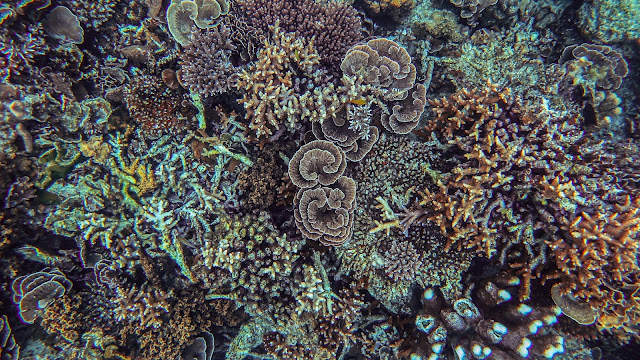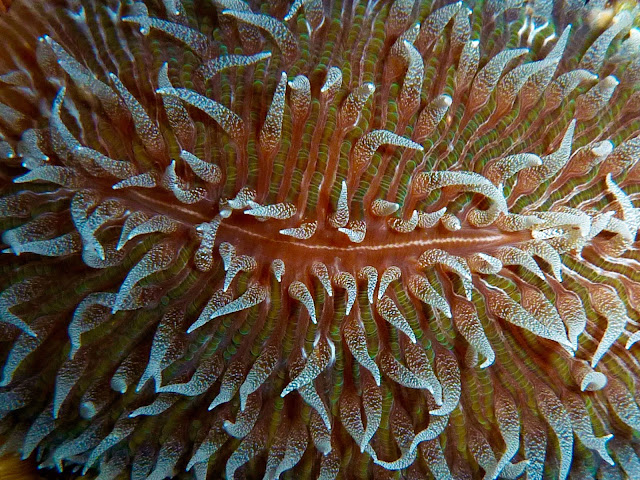The Uniqueness of an Indo-Pacific Coral Reef
Dr Anjani Ganase, marine scientist, offers a pictorial sampling of coral reef species from the Ind-Pacific coral region. These, she says, are not found in the Caribbean or Atlantic, but it is useful to note where our appreciation for coral reefs might have come from
Indo-Pacific coral reefs - which occur in the Indian and Pacific Oceans - are known to be composed of unique communities of coral life. These are very different from those of the Atlantic and Caribbean regions. At the heart of the Indo-Pacific lies the Coral Triangle, the bioregion with the highest biodiversity of corals, reef fish and other marine invertebrates. Compared to the whole Caribbean region that has less than a hundred species of coral, reefs in the Coral Triangle support over 500 species of coral; and as many species of other marine life. There are many unique marine creatures that are not found on Caribbean coral reefs, and here are some example of these creatures.
Of the creatures featured here, these have Caribbean relatives: frogfish, scorpionfish and seahorse.
1. Higher coral diversity can be observed on coral reefs in Indonesia. While there are a handful of branching corals in the Caribbean, in the Coral Triangle there are hundreds. Photo by Emma Kennedy
2. Orang-utan Crab (Achaeus japonicus) – Orang-utan in Indonesian means “person of the forest” or in this case a person of the “Bubble Coral” (also unique to the Indo-Pacific). Photo by Anjani Ganase
3. Clownfish (Anemone fish) – This group of fish in the sub family Amphiprioninae consists of 30 species and are known to form a symbiotic relationship with sea anemones. The sea anemone protects the clownfish from predators with its stinging cells, while feeding on the waste of the Clownfish. Photo by Anjani Ganase
4. Solitary mushroom corals, are part of the family Fungiidae, which are free living and able to move along the substrate as adults. Here is a detailed view of the mouth of a mushroom coral. Photo by Anjani Ganase
5. Crown of Thorns Starfish (Acanthaster planci) is known to graze on corals and have very venomous spines. The starfish resembles crown of thorns placed on Jesus’ head in the bible. Photo by Anjani Ganase
6. Leaf Scorpionfish (Taenianotus triacanthus) – As its name suggests, this fish has developed to resemble a leaf and even drift in the same fashion. This evolutionary trait allows them to camouflage from predators but also attack prey by surprise. There are Scorpionfish species in the Caribbean that also disguise themselves. Photo by Emma Kennedy
7. Painted frogfish (Antennarius pictus) – another cryptic fish species that closely resembles the texture of sponges and uses this disguise to ambush prey. This frogfish has relatives in the Caribbean that do the same. Photo by Anjani Ganase
8. Pygmy Seahorse (Hippocampus bargibanti) – The discovery of this little creature must have been by sheer luck. This seahorse perfectly blends in with the gorgonian coral that it spends its adult life on. In the Caribbean, there are no Pygmy Seahorses but there are other seahorse (Hippocampus spp.) species that live on coral reefs and mangroves. Photo by Emma Kennedy
9. Giant barrel sponges (Xestospongia spp.) although iconic to Caribbean reefs, can also be found in the Indo-Pacific. Although they look similar between the two regions, they are actually different but closely related species. Photo by Anjani Ganase
10. Green turtles (Chelonia mydas) can be found on both Caribbean and Indo-Pacific reefs. Photo by Anjani Ganase












